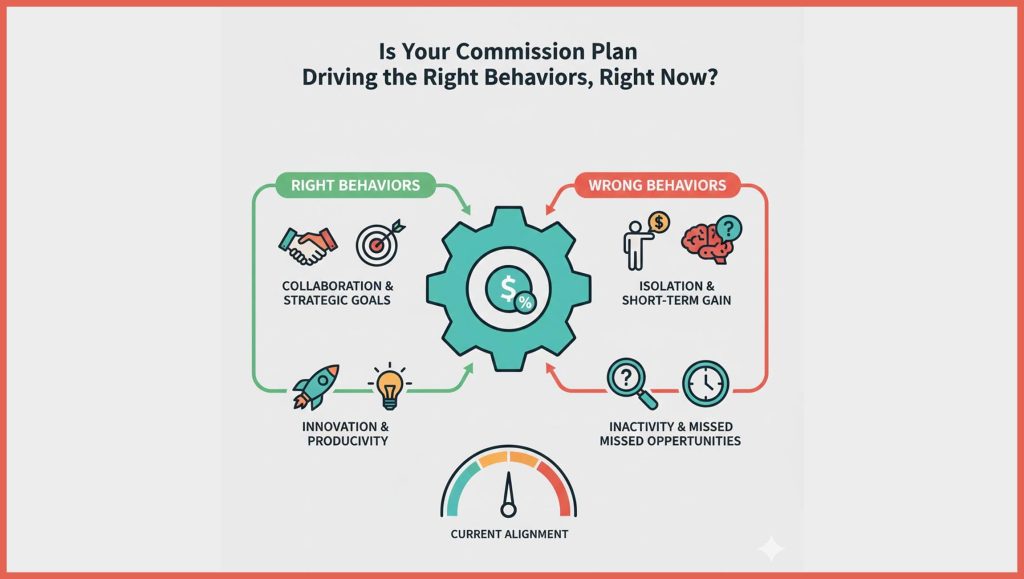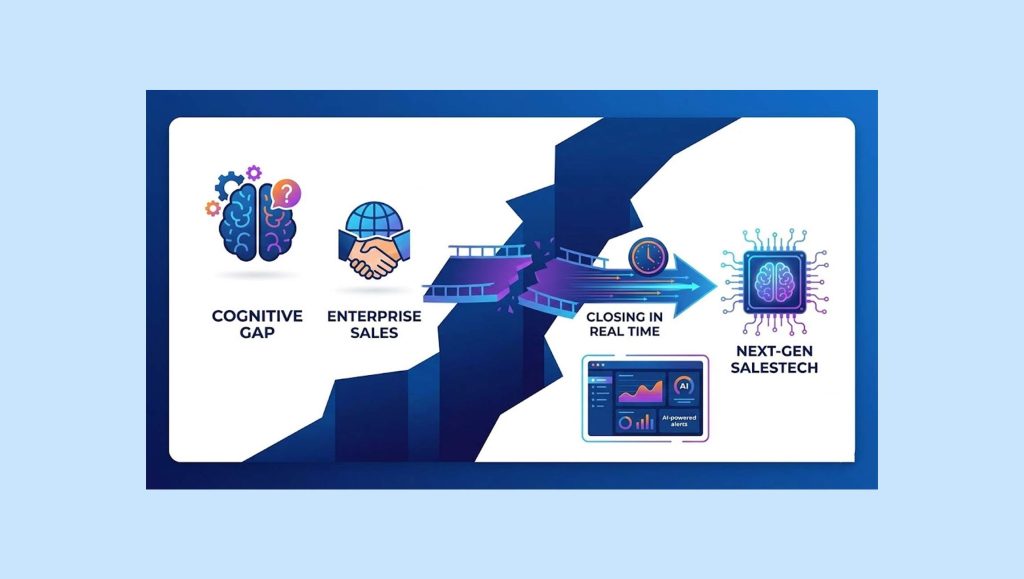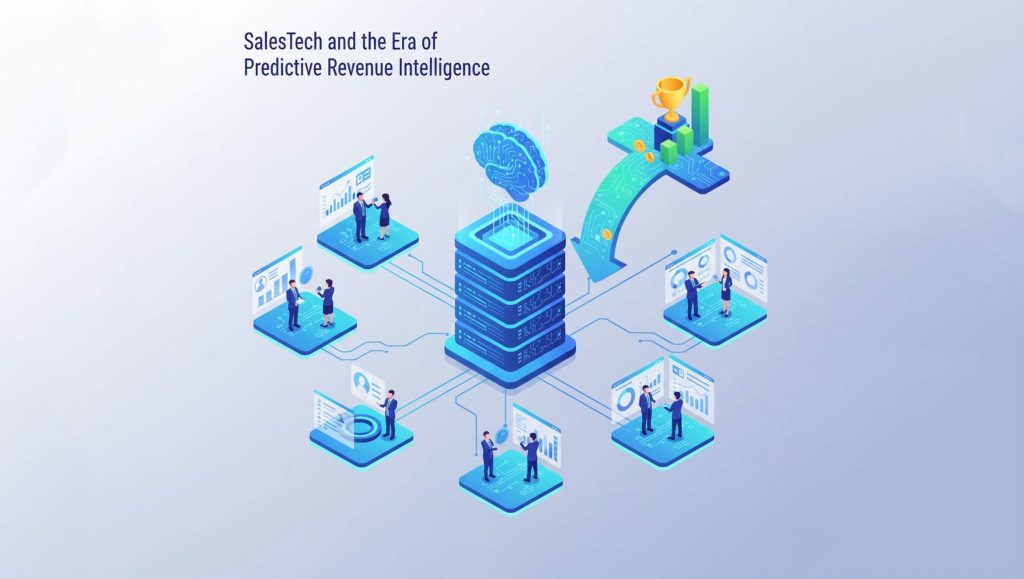Eight out of 10 consumers plan to maintain or increase their digital usage as COVID restrictions lift — but poor experiences and technical issues can threaten sales and loyalty
The COVID-19 pandemic drove shoppers online in record numbers, cementing digital experiences as the primary way to reach and engage consumers in industries ranging from retail and quick-serve restaurants to banking, travel and healthcare. This “digital-first” mindset is here to stay for consumers and companies alike, and the quality of these experiences drives revenue and brand loyalty. But what constitutes a standout digital experience, where are consumers struggling and are they notifying businesses of these opportunities?
Read More:Finn AI’s Conversational AI Chatbot Capability Is Now Available On The Q2 Digital Banking Platform
www.fullstory.com, the leader in digital experience intelligence, today released a new survey that reveals consumers’ preferences, frustrations and opinions around digital interactions. The survey of more than 1,500 American consumers found eight in 10 (81%) plan to maintain or increase their online usage, even as in-person shopping, services and activities resume. However, digital frustrations are common and costly. The survey finds that the majority of respondents (64%) have been frustrated or struggled in the last six months, and 77% will abandon a transaction when they experience an issue.
Yet brands are often unaware of these challenges because only 12% of consumers are very likely to share feedback when a digital error occurs, making it difficult to identify and address errors in a timely manner.
“Across every industry, consumers are holding companies accountable for subpar digital experiences,” said Kirsten Newbold-Knipp, chief marketing officer of FullStory. “The rise of digital-first business brings great opportunity but also risk, as this survey correlates a poor digital experience with customer and revenue loss. To be successful, businesses must understand not only what is happening in their customers’ experiences, but most importantly why, in order to stay one step ahead of digital users.”
Businesses pay a high price for digital errors
Companies have invested heavily in digital experience innovation, but remain challenged by technical issues that prevent consumers from accomplishing their tasks, erode trust, and negatively impact sales.
- Nearly two out of three Americans (64%) have been frustrated or struggled to complete an online transaction in the last six months.
- After an error, 77% of consumers are likely to leave without completing a transaction, and 60% say they aren’t likely to return.
- 65% report that they trust a business less when they experience a problem using a website or mobile app.
Common frustrations often go unreported
Customers are unlikely to share details around digital struggles, making it difficult for brands to quickly identify and fix problems.
- The most important factor in creating a good online experience is being able to “quickly accomplish what I came to do” (83%).
- The most frustrating issues for consumers online are page glitches (55%), forms that don’t correctly accept inputs (45%) and page-loading errors (42%).
- When a problem occurs, only 12% of consumers are very likely to provide feedback to the business.
- Even when consumers do provide feedback, it’s most likely through manual and time-consuming methods like surveys (49%) or by chatting or emailing the business (41% and 40%, respectively) and not typically to the team that can directly fix the issue.
Read More: SalesTechStar Interview With Paul Forte, Chief Revenue Officer At SingleStore
Digital experience ratings vary widely by industry
Four in 10 respondents (41%) transact online at least once a day, and a quarter (26%) head online multiple times a day to place an order, purchase an item, pay a bill or make a reservation. But, while digital is here to stay, the quality of experiences varies widely.
- 81% of consumers anticipate the frequency of their digital interactions will increase or stay the same, even as COVID-19 restrictions lift.
- Retail received the highest ratings for positive online experiences (34% excellent; 7% poor), followed closely by banking (26% excellent; 7% poor).
- Airlines scored last for online experiences (27% poor; 10% excellent). Hotel and quick service restaurants also received low rankings (13% poor; 7% excellent).
“To improve the digital experience, companies need insight into what works and what doesn’t in a way that is automated, scalable, and actionable,” continued Newbold-Knipp. “Unfortunately, many consumers don’t take the time to provide feedback when things go wrong, and even those who do so use methods that are expensive and difficult for businesses to scale. Companies need to take a new approach to digital experience intelligence to meet evolving expectations and stay in step with consumers.”






















